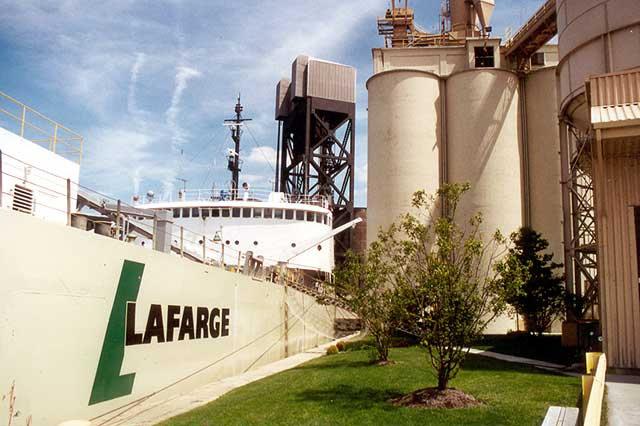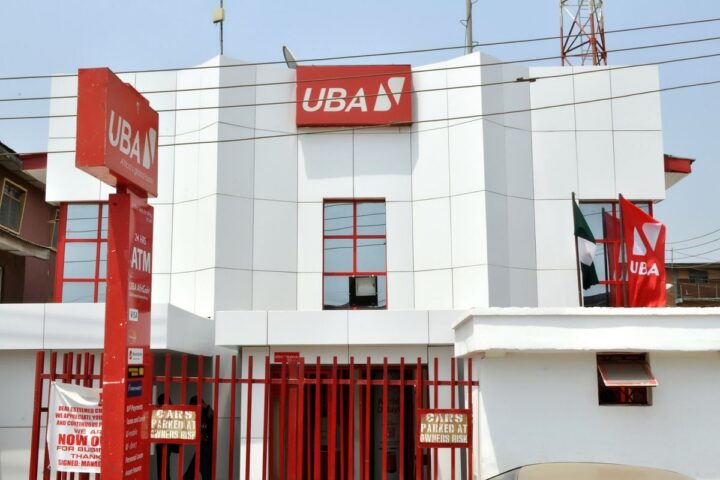BUA Cement Plc stepped up earnings and slowed down costs to change its earnings story from a drop of 19 percent in after-tax profit to N26.8 billion in the first quarter (Q1) to a 30.5 percent upturn to N36.8 billion in the second quarter (Q2).
The numbers add up to swell the company’s bottom line to N63.6 billion at half-year.
The interim financial report of the cement producing company for the half-year ended June 2023, shows that some rising costs that broke the profit speed in Q1 were out of the way in Q2.
The company’s management moved to change the earnings pattern where costs were growing well ahead of revenue — which had been the trend since last year. The result is a strong gain in profit margin from 25 percent in Q1 to 32 percent in Q2.
Advertisement
The company’s move is in line with our position at the end of the company’s Q1 operations.
We had stated that “BUA Cement needs to push sales strong enough to absorb rising costs that are likely to persist if the company is to head off profit drop in the coming quarters. The ability to stretch out sales revenue growth will be the critical development to watch on the company at half-year”.
The summary of the company’s earnings story in Q2 is that management changed the cost-income pattern: cost savings took the place of all-round cost increases in Q1 and sales advanced more than two and half times over the Q1 growth rate.
Advertisement
Sales revenue grew by 25.3 percent in Q2 to N114.7 billion against the increase of 9.7 percent to N106.4 billion in Q1. This was reinforced by a windfall from other income — mainly insurance claims that multiplied more than 66 times to N937.3 million in the same quarter.
The inflow from other income equally reverses a major drop of 75.2 percent in the income line in Q1, as well as its constraining effect on the side of earnings.
Also, the company moved against the pattern of production cost growing ahead of sales, which was experienced in Q1. While production cost accelerated from 14.7 percent in Q1 to 21 percent to N59 billion in Q2, it still grew at a slower pace than sales.
The resulting cost saving stretched out gross profit margin, which enabled an increase of 30 percent in gross profit to N55.7 billion in Q2. This is a big leap from the moderate increase of 4.5 percent in gross profit to N50.4 billion in Q1.
Advertisement
Leading the cost saving drive of the company in Q2 is administrative cost — which changed course from an increase of 72.9 percent to about N4.8 billion in Q1 to a sharp drop by one-half to less than N1.4 billion in Q2.
The change of pattern in the company’s cost structure from revenue consuming to cost saving is the underlying factor for the turnaround seen in Q2.
However, two major cost lines are yet to be brought under control, which are selling/distribution cost and cost of finance.
Though selling/distribution cost has slowed down drastically from a marked increase of 124 percent to N7.3 billion in Q1, it is yet growing well ahead of sales at 40.5 percent to N6.8 billion in Q2.
Advertisement
The significantly improved cost-income balance in Q2 powered a big turnaround in operating results. Operating profit has rebounded from a drop of 9.4 percent to N38.4 billion in Q1 to a leap of 37.3 percent to N48.6 billion in Q2.
The second cost line yet gulping revenue is net finance expenses — which grew by 180 percent to N7.9 billion in Q2 — more than three times the Q1 figure of N2.6 billion.
Advertisement
The company ended Q2 operations with a pre-tax profit of almost N41 billion, an increase of 26.5 percent compared to a drop of 15.5 percent to N35.5 billion in Q1.
BUA Cement’s half-year earnings reading is a dilution of a weak first quarter and a significantly improved second quarter.
Advertisement
The company closed the half-year operations with a turnover of N221 billion, which is an increase of 17.2 percent year-on-year. Production cost still grew slightly ahead of sales revenue at 17.9 percent to N114.9 billion.
Gross profit grew by 16.5 percent to N106.1 billion, which was supported by a massive increase in other income from N200 million to N983.3 million over the review period.
Advertisement
Administrative expenses moderated at an increase of 12.3 percent to N6.1 billion, but selling and distribution cost rose by 74.1 percent to N14 billion — more than four times the increase in sales revenue.
Operating profit grew by 11.8 percent to N86.9 billion, improving from a 9.4 percent drop in operating profit in Q1.
A good part of the increase in operating profit was consumed by the upsurge in net finance expenses — which rose by 269.6 percent to N10.5 billion at half-year.
The company’s interest-bearing debts have increased further from N221 billion in Q1 to over N346 billion at half-year.
Pre-tax profit edged up by 2.8 percent to N76.4 billion at half-year while after-tax profit improved by 3.7 percent to N63.6 billion.
The improved cost-income performance seen in Q2 will need to be sustained in the third quarter (Q3) for a stronger growth of the bottom line.
Add a comment







